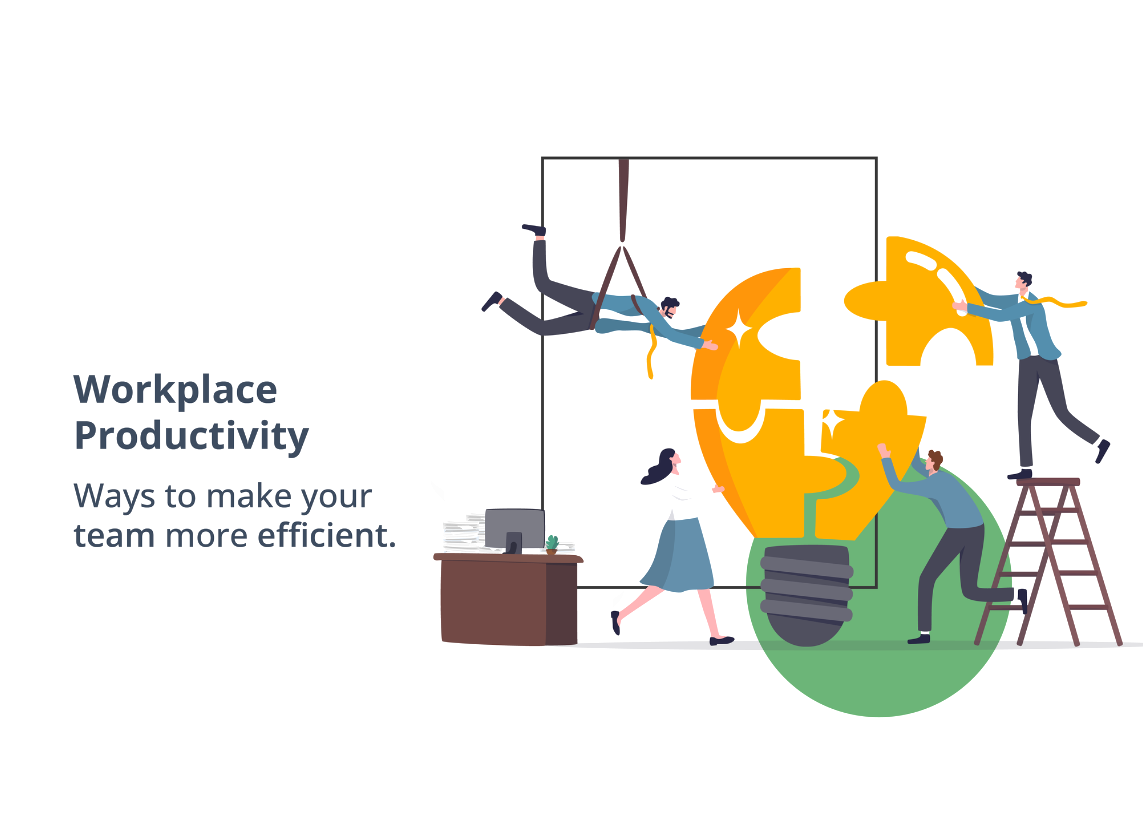In today’s fast-paced work environment, maximizing productivity is essential for the success of any business. Productivity not only ensures that tasks are completed efficiently but also plays a significant role in achieving business goals and maintaining a competitive edge. Whether you’re a manager looking to improve team productivity or an individual aiming to enhance your own efficiency, implementing effective strategies can make a significant difference. Here are ten proven methods to increase productivity in your workplace:
1. Set Clear Goals
Establishing clear and achievable goals provides employees with a sense of direction and purpose. Clearly defined objectives help prioritize tasks and ensure that efforts are aligned with organizational targets.
2. Effective Time Management
Encourage employees to prioritize tasks based on urgency and importance. Implement time management techniques such as the Pomodoro Technique or time blocking to minimize distractions and improve focus.
3. Provide Proper Training
Invest in employee training and development to enhance skills and knowledge. Well-trained employees are more confident and capable of handling tasks efficiently, resulting in increased productivity.
4. Promote Work-Life Balance
Recognize the importance of work-life balance in maintaining employee well-being and productivity. Encourage flexible work schedules, offer remote work options, and promote regular breaks to prevent burnout and improve overall productivity.
5. Utilize Technology
Embrace technology tools and software applications to streamline processes and automate repetitive tasks. Implementing project management tools, communication platforms, and collaboration software can significantly enhance team productivity and efficiency.
6. Encourage Collaboration
Foster a collaborative work environment where employees can share ideas, brainstorm solutions, and work together towards common goals. Encouraging teamwork and collaboration promotes innovation and productivity.
7. Provide Feedback and Recognition
Regular feedback and recognition motivate employees to perform better and increase productivity. Recognize individual and team achievements, provide constructive feedback, and acknowledge contributions to foster a culture of continuous improvement.
8. Minimize Meetings
While meetings are essential for communication and decision-making, excessive meetings can disrupt workflow and decrease productivity. Evaluate the necessity of each meeting and strive to keep them concise and focused.
9. Create a Positive Work Environment
Cultivate a positive work culture that values diversity, inclusion, and employee well-being. A supportive and inclusive work environment fosters employee engagement, satisfaction, and productivity.
10. Lead by Example
As a leader or manager, lead by example by demonstrating productivity habits and behaviors. Showcasing a strong work ethic, effective time management, and commitment to goals inspires employees to emulate similar practices and boosts overall productivity.
By implementing these strategies, businesses can create a more productive and efficient workplace environment. Remember that productivity improvement is an ongoing process that requires continuous evaluation, adaptation, and improvement. By prioritizing productivity and investing in the well-being and development of employees, organizations can achieve sustainable growth and success in today’s competitive landscape.

